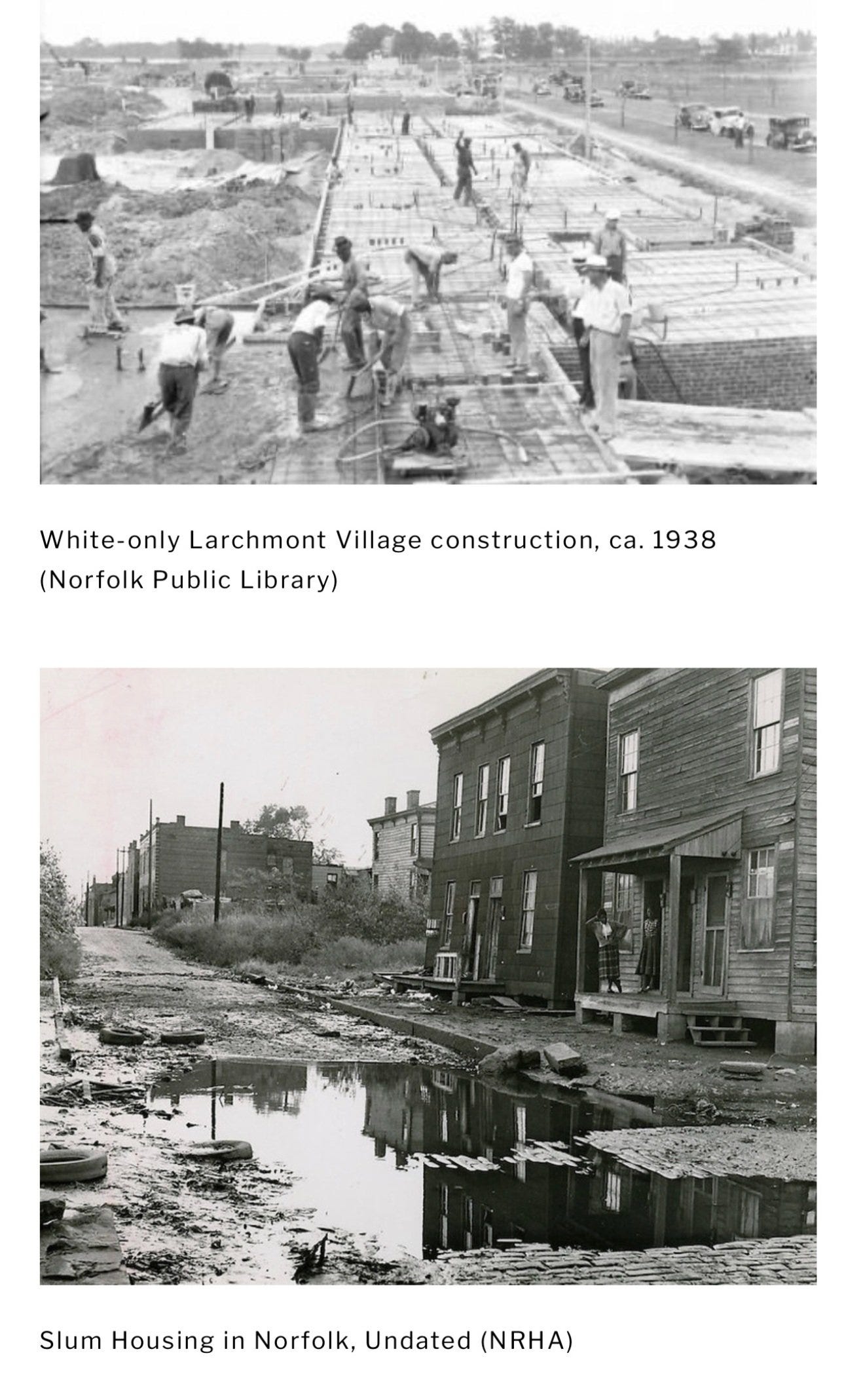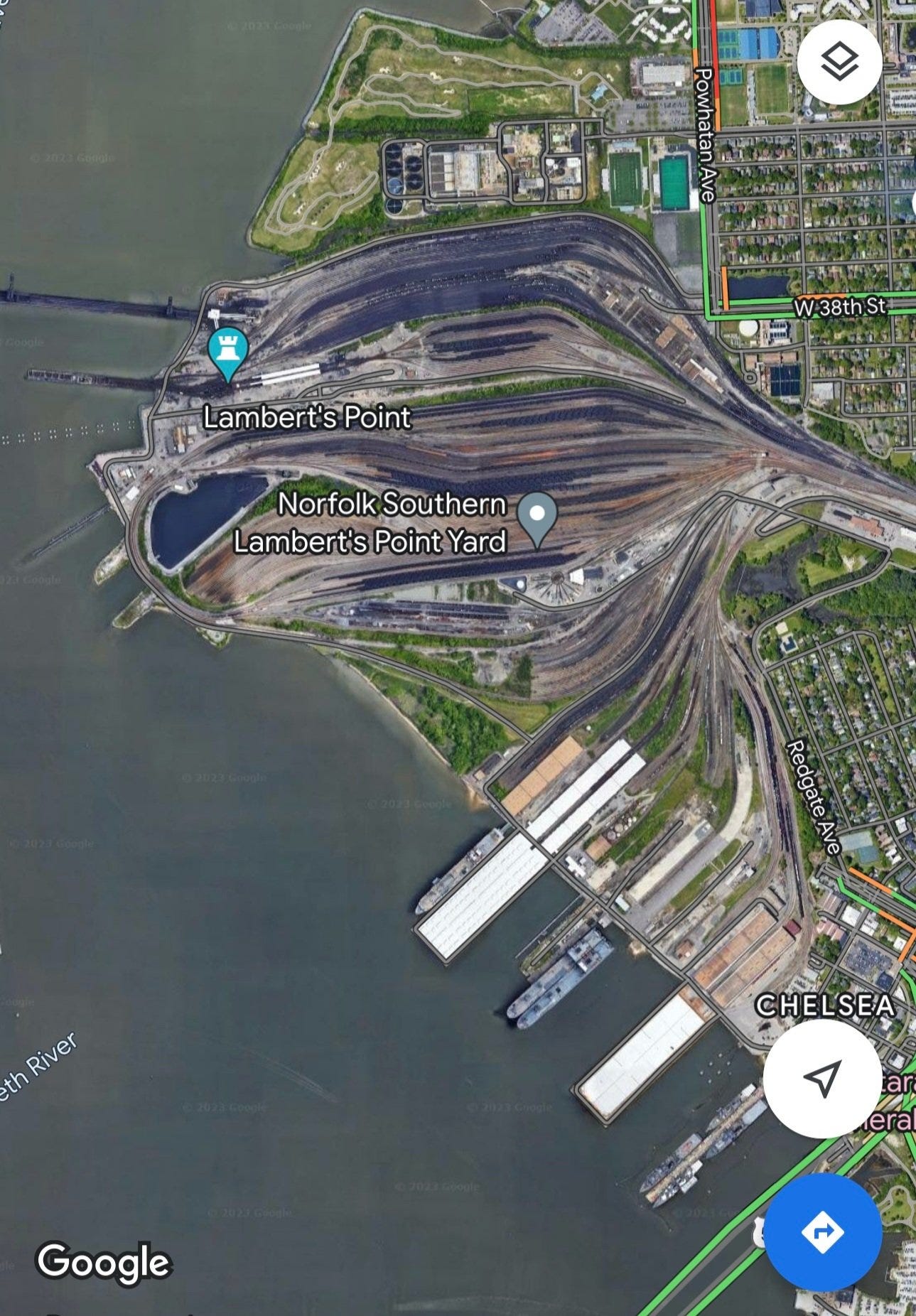Let me paint a picture for you. Its late afternoon and the summer sun is hot in coastal Virginia. The air is thick and muggy. I’m walking home from the family’s home I was working with today. It’s a mile long trek from my house to their neighborhood but they couldn’t be further apart. As I walk I’m greeted by the happiest neighborhood scene you could imagine. Bunnies and squirrels hopping around. Birds singing their cheery songs and flying from branch to branch. Lush green yards, flower gardens, free little libraries and a community park. This neighborhood brings me so much joy and peace to travel through. I don’t even wear my headphones because I’d miss the magic. The last quarter mile though it changes. Somethings different. Yes they live in the “rich” people neighborhood and I don’t. But it’s more. Our neighborhoods are divided by a small college campus that keep us worlds apart and as I walk back and forth each day I start to wonder.
In the beginning I couldn’t figure out what it was. Why is it that a just a quarter mile of my walk was so miserable? I’d suddenly start to not feel well. Even with my sunglasses on I’m squinting so hard. The sweat rolls down my forehead into my eyes while my glasses slide down my sweaty face. I feel dizzy and uncomfortable. Sun scorching the top of my head. The temperature has noticeably increased in just a matter of feet. What’s happening?
Urban tree canopies. Or lack of urban tree canopies.
So what’s an urban tree canopy and why should it matter to you?
“Urban tree canopy (UTC) is the layer of leaves, branches, and stems of trees that cover the ground when viewed from above. In urban areas, the UTC provides an important stormwater management function by intercepting rainfall that would otherwise run off of paved surfaces and be transported into local waters though the storm drainage system, picking up various pollutants along the way. UTC also reduces the urban heat island effect, reduces heating/cooling costs, lowers air temperatures, reduces air pollution, increases property values, provides wildlife habitat, and provides aesthetic and community benefits such as improved quality of life.” – Center for Watershed Protection
Pretty incredible the ways trees help us even when we are not out in nature experiencing and appreciating them. Trees are always busy removing pollution from the air for us. Cleaner air gives us better health and stronger immune systems. Having shade means when those heat waves hit you have some relief. Even inside your home, large mature trees shading your property help decrease your electric bill. Not having to keep your AC cranked up to max all summer is financially helpful. Starting in elementary school we learn how very important trees are to the ecosystem. How they give life to supporting an entire ecosystem. All those birds and bunnies I encounter on my walk are there because of trees. The coolness I feel walking in the shade. The air itself feels completely different. It smells fresh.
So now I had research to do. I knew I felt something different on my walk and discovered the cause. Urban Tree Canopies, or lack of. Even when I started this rabbit hole I knew it could only lead to one thing. Racism. Everything, even trees, are racist. Let me further explain.
You see that nice college campus I walk through from my neighborhood to the houses I nanny in was built as a “buffer zone” for white and black neighborhoods. I live on the historically black side and the other side was built as a whites only neighborhood. My research took me through a disgusting history of bulldozing African American “slums” or the financial assistance white students were given to attend private school and keep schools segregated. Norfolk Virginia fought hard to keep schools segregated for several years after Brown V Board of education. How they kept the black community from becoming homeowners. The redlining. The gerrymandering.
Google maps easily provides a great aerial view of the disparities between locations. On one side are lush green neighborhoods, so thick you can barely see the houses. Both neighborhoods are along the Elizabeth River. The whites only neighborhood shows houses with long docks, boats and pools. From working in that neighborhood I also know that they have lots of little viewpoints and sitting areas on the water. There’s no parking to access these places so they are to be enjoyed only by the people living there and walking the neighborhood. On the other side there are no viewpoints only an industrial park. A railroad. A shipyard. No bunnies hopping around. No cool fresh air. Not a peaceful place to take a walk.
A search for more information led me to tree equity scores. Not only does the map rank each neighborhood in a given city, it gives a breakdown of the population living within it. Rates for unemployment, poverty and race are listed. As I suspected, my neighborhoods not even close to being as bad as it could be. While the difference is noticeable I knew my neighborhood still had some pretty large mature trees. Again, I’m in the “buffer zone” between white and black neighborhoods. The white sides score is 100 percent for tree equity and ranked at number one. Mine scored 81 percent and is ranked as neighborhood 149 out of 185. Not so bad huh? On the map it’s ranked by colors so out of curiosity I clicked on one of the lowest ranked neighborhoods.
This area of Norfolk is ranked 41% for tree equity, placing them at second to last place. Neighborhood 184 out of 185. If you’re from the area that’s likely no surprise. This neighborhood was a food dessert until 2021. Homeownership in this neighborhood is only 28% compared to 68% in the above mentioned whites only neighborhood. That matters because who’s planting trees? Renters or homeowners? Trees make a neighborhood more aesthetically pleasing and increase home prices. Neighborhoods with trees statistically have less crime according to fs.usda.gov in a 2012 study. It appears that trees make a home feel more cared for. The “broken window” hypothesis is the opposite end of the spectrum in that a neighborhood with few trees or unkept yards looks uncared for therefore is more prone to crimes like vandalism and burglaries.
This article isn’t going to end with a pep rally to organize a tree planting campaign. This is not a save the trees and feel good about earth day. I’m not going to suggest you plant a tree in your neighborhood either. The point of this article is for white people to understand something. I want you to understand that everything we do is rooted in white supremacy. These neighborhoods being divided by race in the 1900s still stand today.
The three neighborhoods discussed in this article are still racially homogenous. According to treeequityscore.org, the previously “whites only” neighborhood with all trees still is primarily that. A mere 11% of its residents are people of color. The “buffer zone” neighborhood I live in, 66% of its residents are people of color. The “historically black” neighborhood without the trees is 97% people of color. Abolishing the laws that divided these neighborhoods did nothing to bridge equity and equality in the past 50 years.
So, while this article is about trees, it isn’t. I want you to see the white supremacy in everything we do each day so we can dismantle the systems of oppression. These systems are just as powerful today as they have ever been even with laws in place to prevent such. As white people we are responsible for doing the research. We are responsible for understanding our privilege and how we continue to benefit from white supremacy daily. If we can’t acknowledge that we cannot expect to do anything to fix it. Do your homework and educate the white people around you. That’s our responsibility. If you feel uncomfortable or upset about these statements, I urge you to dig deeper in antiracist work. The shameful part would be to continue as if the past has nothing to do with you today.
So yes Virginia, even the trees are racist.







